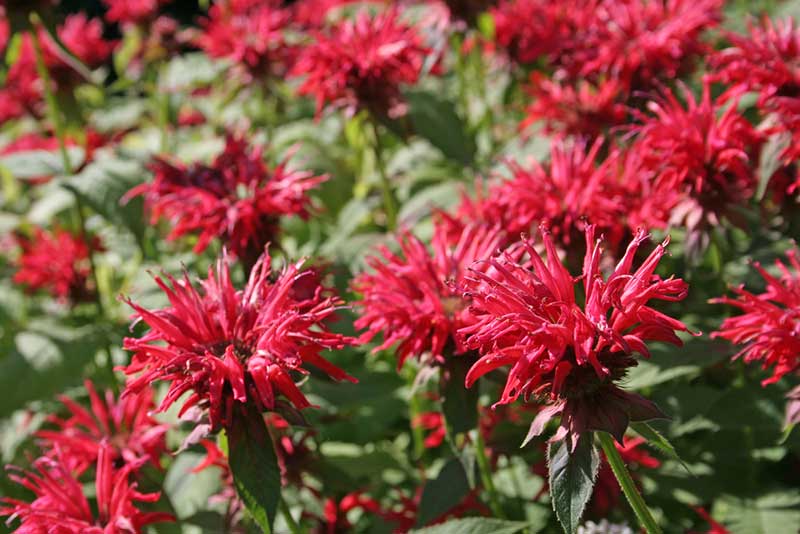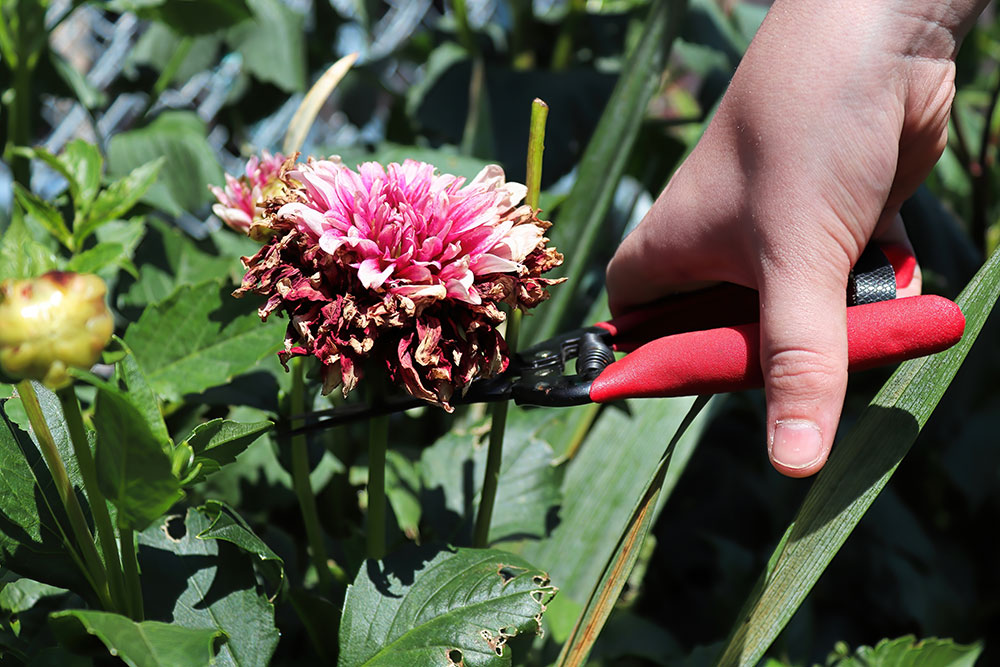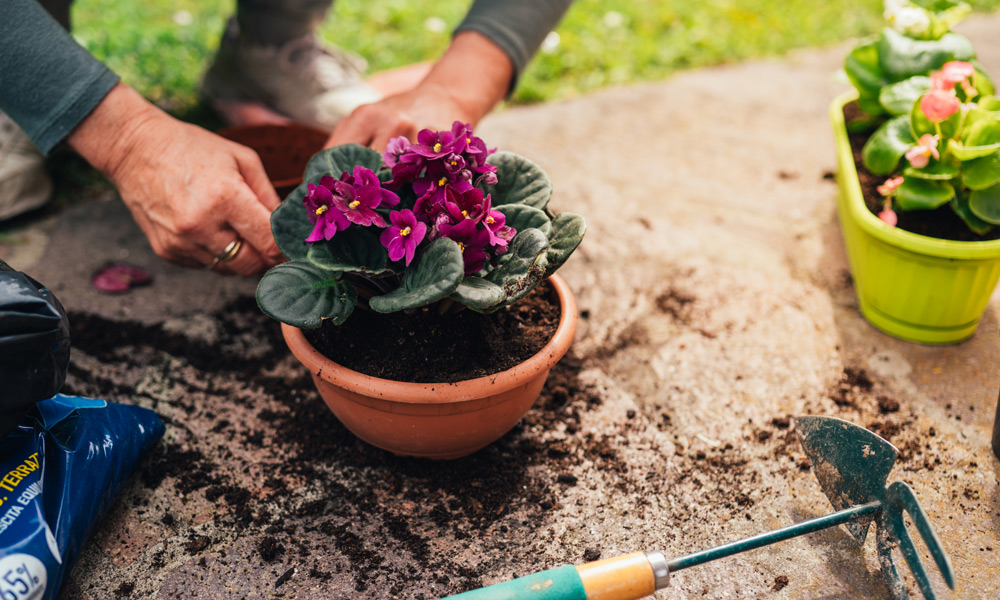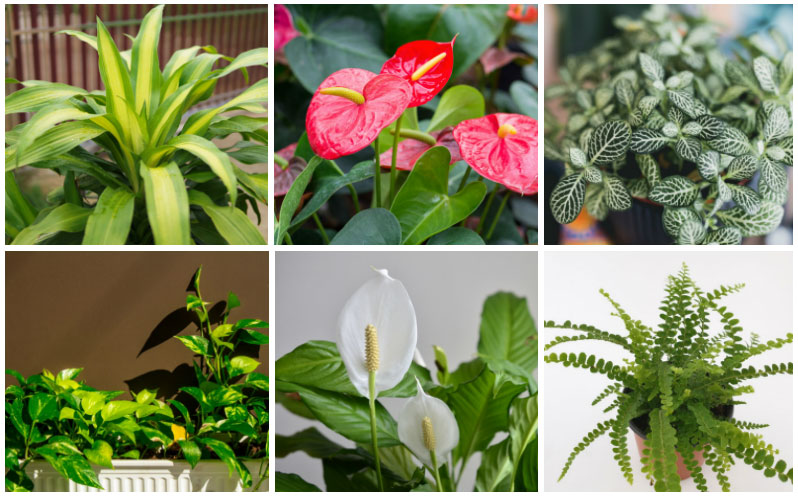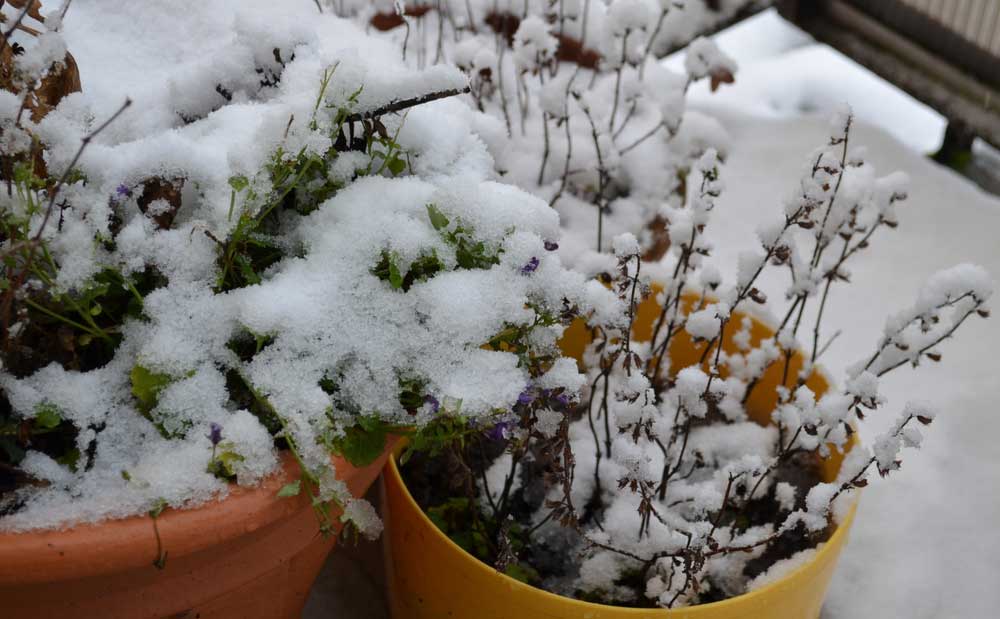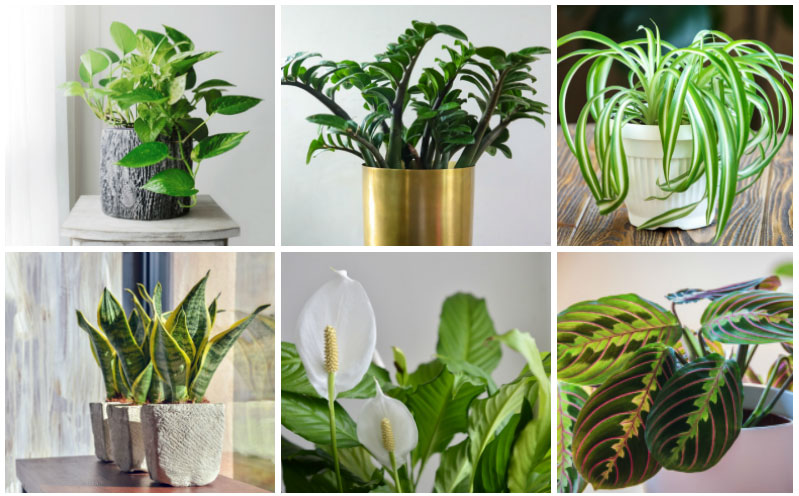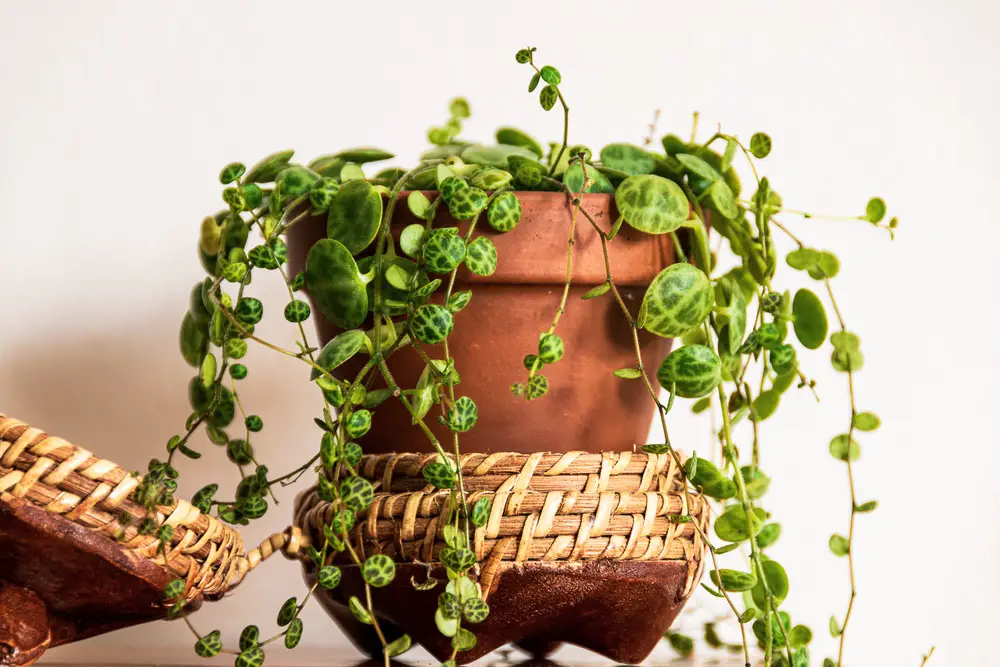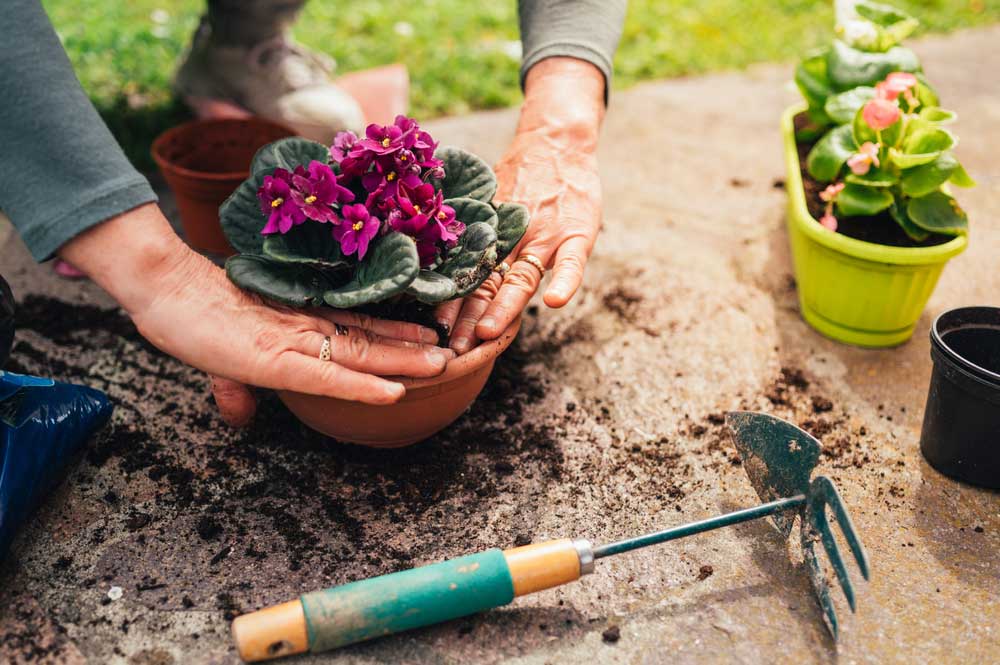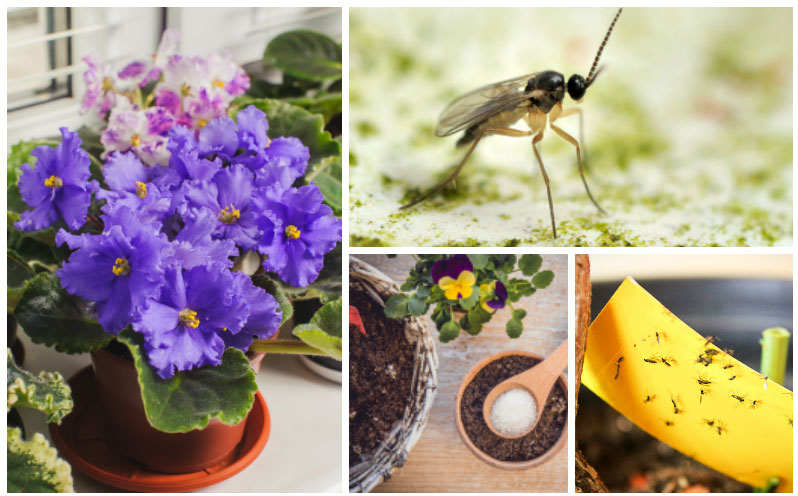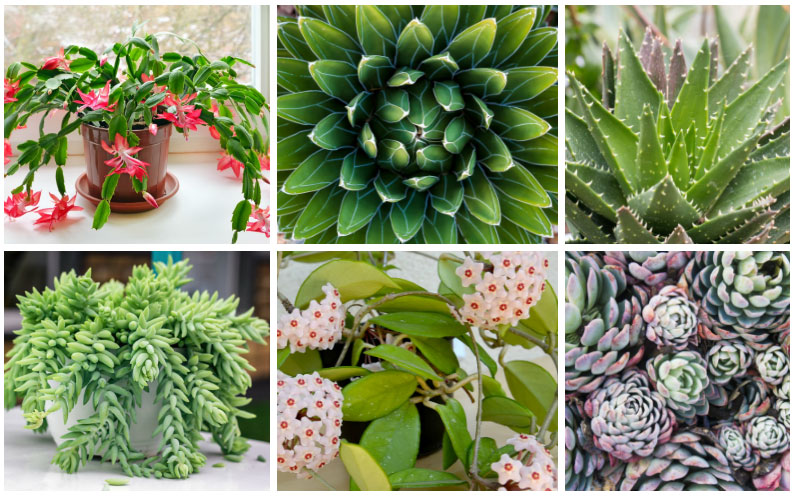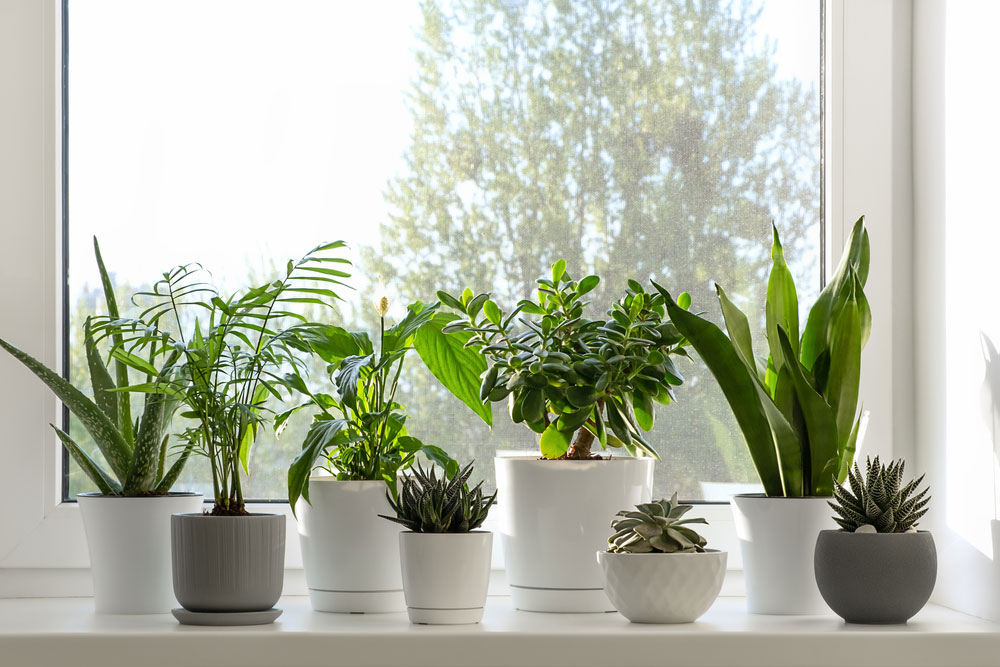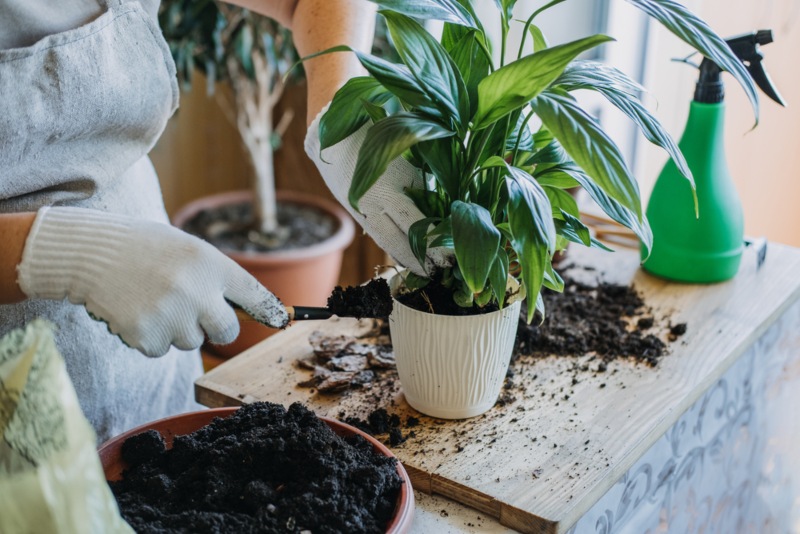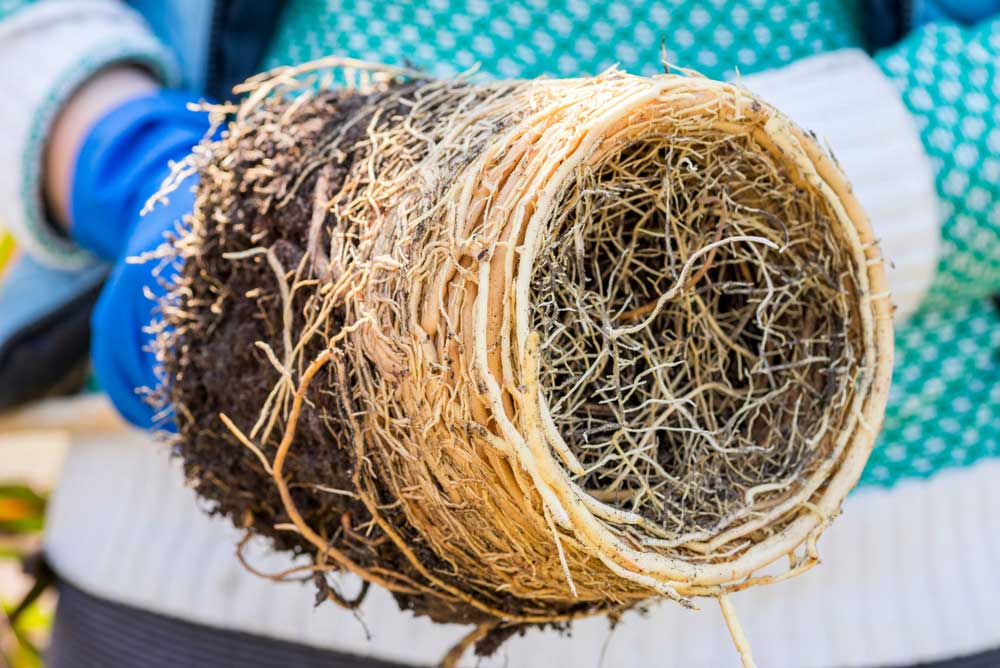
Picture this: you’ve just spent your weekend lovingly repotting half your plant collection, giving each one a spacious new home with fresh soil. You’re feeling like the ultimate plant parent when suddenly you notice some of your “upgraded” plants looking stressed, dropping leaves, or refusing to bloom. What went wrong?
Here’s the twist that surprises many plant enthusiasts: some of your green friends were perfectly happy in their cramped quarters!
While we often assume that bigger pots equal happier plants, the reality is far more nuanced.
Understanding which plants thrive when slightly root-bound versus those that crave space to spread out can save you time, money, and plant stress.
Some flowers bloom more prolifically when their roots are snug, while others become stunted and unhappy without room to expand.
Today, we’ll explore the fascinating world of root preferences and help you decode which plants are silently wishing you’d stop fussing with their perfectly adequate pots, and which ones are desperately hoping for an upgrade!
The 5 Plants That Love Being Root-Bound (Leave Those Pots Alone!)
1. Peace Lilies
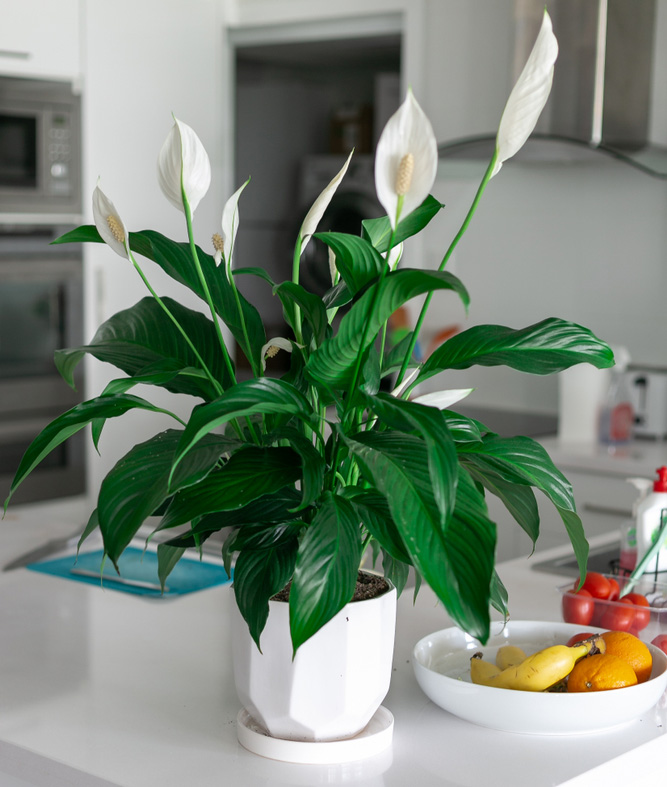
Peace lilies have a secret: they bloom more reliably when their roots are slightly crowded! These elegant plants with their distinctive white spathes prefer to feel snug in their containers, and premature repotting can put a halt to their flowering cycle.
But why do peace lilies prefer tight quarters? When the roots fill the pot, the plant interprets this as a signal to focus energy on reproduction (flowering) rather than root expansion. It’s nature’s way of ensuring the species survives when growing space becomes limited.
Signs your peace lily is happily root-bound: Regular blooming, healthy green foliage, and steady growth without any stress symptoms. The plant may have roots circling the bottom of the pot, but this isn’t necessarily problematic.
When to finally repot: Only when you see roots growing through drainage holes, the plant becomes top-heavy and unstable, or watering becomes ineffective because there’s no soil left to hold moisture.
Repotting tip: When you do repot a peace lily, only go up one pot size. These plants prefer gradual transitions and can go into shock if given too much space too quickly.
2. Spider Plants
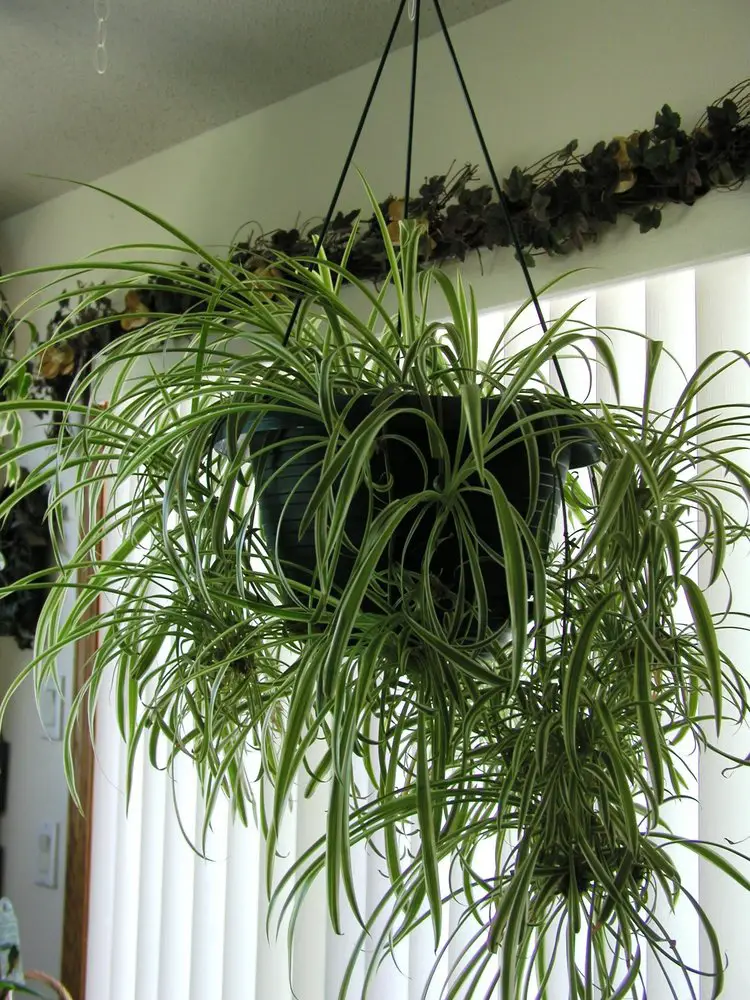
Spider plants are champions of the root-bound lifestyle! These prolific producers develop thick, fleshy roots that can completely fill a pot, and they seem to thrive on this crowded condition. In fact, the stress of being root-bound often triggers the production of those adorable plantlets (spiderettes) that we all love.
The flowering connection: Spider plants that are slightly root-bound produce more flowers, which eventually develop into the baby plants that make these specimens so popular for sharing with friends.
Root storage system: Those thick, white roots serve as water and nutrient storage organs, allowing spider plants to survive periods of neglect while remaining healthy in compact spaces.
Propagation advantage: Root-bound spider plants tend to produce more and larger plantlets, giving you more opportunities to expand your collection or share with fellow plant lovers.
Repotting schedule: Spider plants can happily remain in the same pot for 2-3 years, even when roots are visible at the surface or growing through drainage holes.
3. African Violets
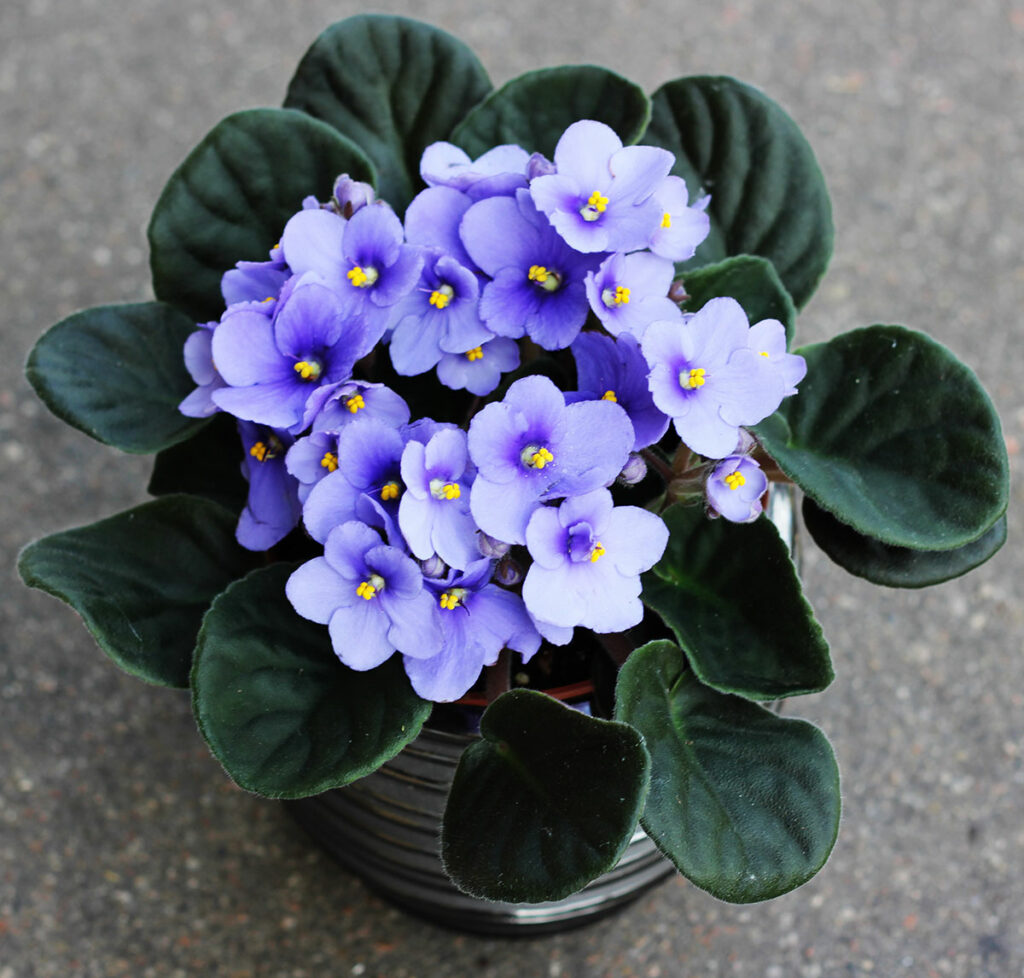
African violets are notorious for their preference for small pots, and this trait directly relates to their blooming success. These fuzzy-leaved beauties bloom most reliably when their roots are contained in pots that might look too small for the plant’s overall size.
Flowering trigger: The slight stress of being root-bound encourages African violets to bloom more frequently and profusely. Plants in oversized pots often focus on root and leaf development at the expense of flowers.
Moisture management: African violets prefer consistent but not soggy soil conditions. Smaller pots help prevent the soil from staying too wet for too long, reducing the risk of root rot.
Pot size guideline: The general rule for African violets is that the pot diameter should be roughly one-third the diameter of the plant’s leaf span. This might look disproportionately small, but it’s exactly what these plants prefer.
Special considerations: When African violets do need repotting, they often benefit more from fresh soil in the same size pot rather than a larger container.
4. Hoyas
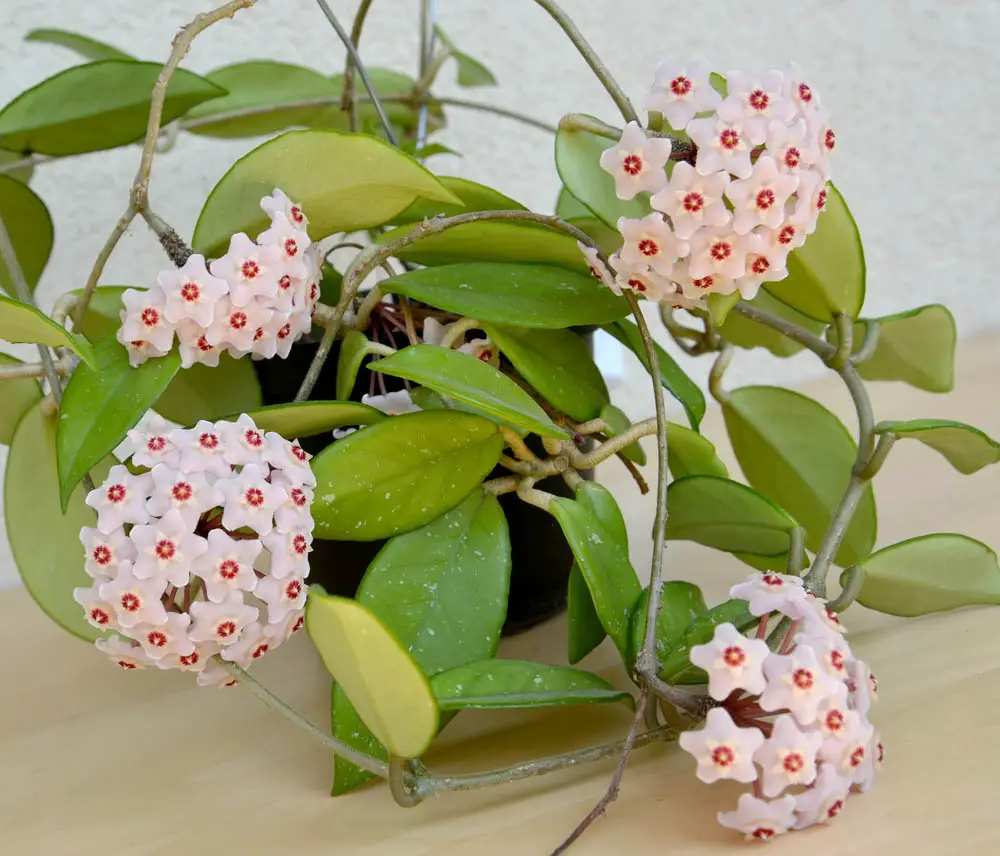
Hoyas are epiphytic plants in nature, growing on trees with limited root space, so they’ve evolved to thrive in confined conditions. These waxy-leaved beauties bloom more readily when their roots are crowded, making patience with repotting a virtue.
Blooming behavior: Root-bound hoyas produce more flower clusters than those with abundant root space. The plant channels energy into reproduction when it senses space limitations.
Epiphytic nature: In their native habitat, hoyas grow in small pockets of organic matter on tree branches, so they’re naturally adapted to restricted root zones.
Growth pattern: Hoyas can remain in the same pot for many years, developing extensive root systems that completely fill their containers without showing signs of stress.
Water efficiency: Established hoyas in appropriately sized pots develop efficient water uptake systems, making them remarkably drought-tolerant houseplants.
5. Aloe
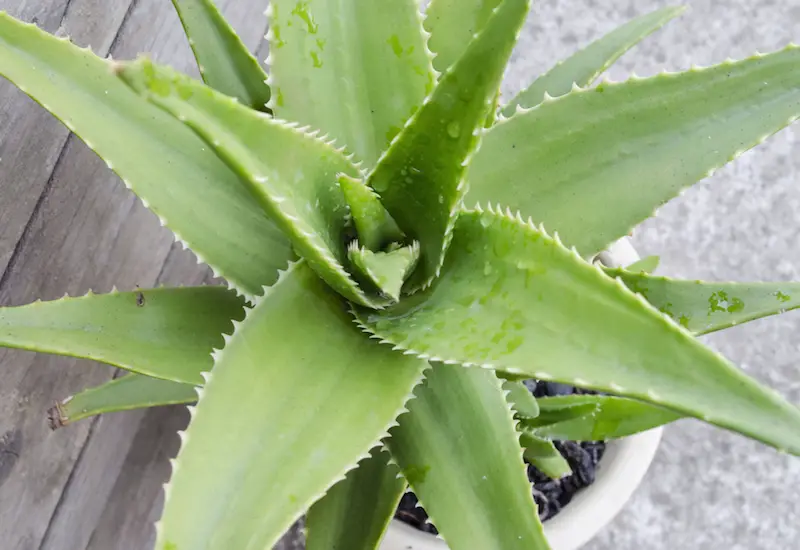
Aloe plants are desert natives that prefer to keep their feet dry, and oversized pots can lead to the soggy soil conditions that spell disaster for these succulents. They thrive when slightly root-bound because it prevents soil from staying wet too long.
Drainage benefits: Smaller pots with root-bound aloes dry out more quickly after watering, mimicking the fast-draining conditions of their natural desert habitat.
Pup production: Many aloe species produce more offsets (baby plants) when the parent plant is slightly stressed by crowded root conditions.
Stability factor: Aloe plants in appropriately snug pots are less likely to develop the soft, weak growth that can occur in overly spacious containers with rich, moisture-retentive soil.
Repotting frequency: Healthy aloe plants may only need repotting every 3-4 years, and when they do, the new pot should be only slightly larger than the previous one.
The 5 Plants That Need Room to Grow (Get Those Bigger Pots Ready!)
1. Monstera Deliciosa
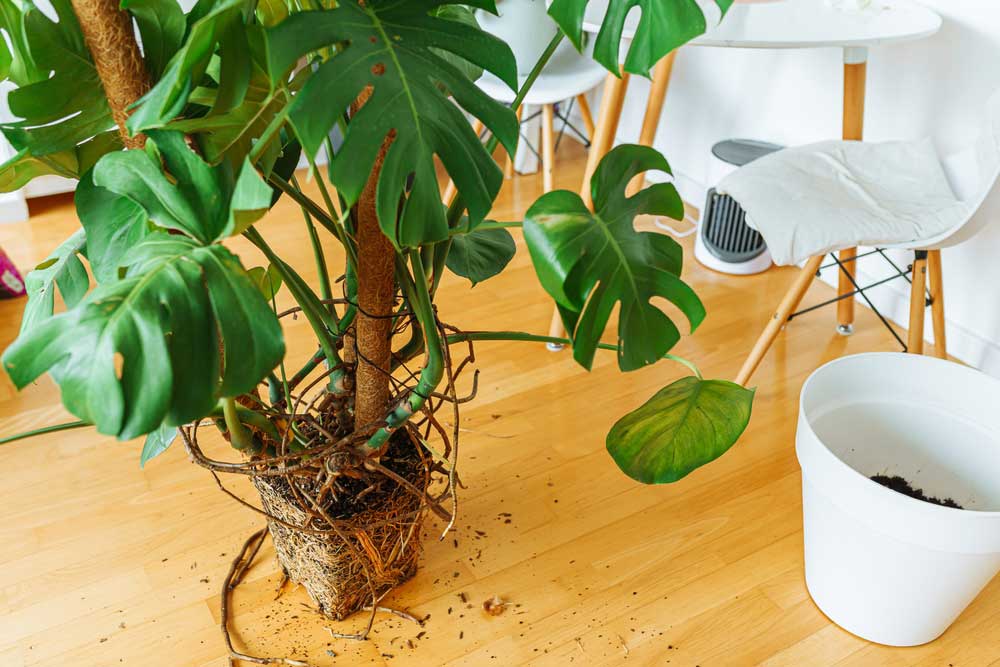
Monsteras are vigorous growers with an extensive root system that can quickly outgrow containers. These tropical climbers need regular repotting to support their dramatic growth and those iconic split leaves that everyone loves.
Root development: Monstera roots grow both down into the soil and up as aerial roots, requiring containers that can accommodate this complex root system as the plant matures.
Leaf size correlation: Well-established monsteras in appropriately sized pots produce larger leaves with more dramatic fenestrations (splits and holes) than those cramped in small containers.
Support needs: As monsteras grow larger, they need pots that can provide stable support for their increasing height and weight, especially when grown with moss poles or other supports.
Annual repotting: Young, vigorous monsteras often benefit from annual repotting during their first few years, with mature plants needing fresh containers every 2-3 years.
2. Fiddle Leaf Figs
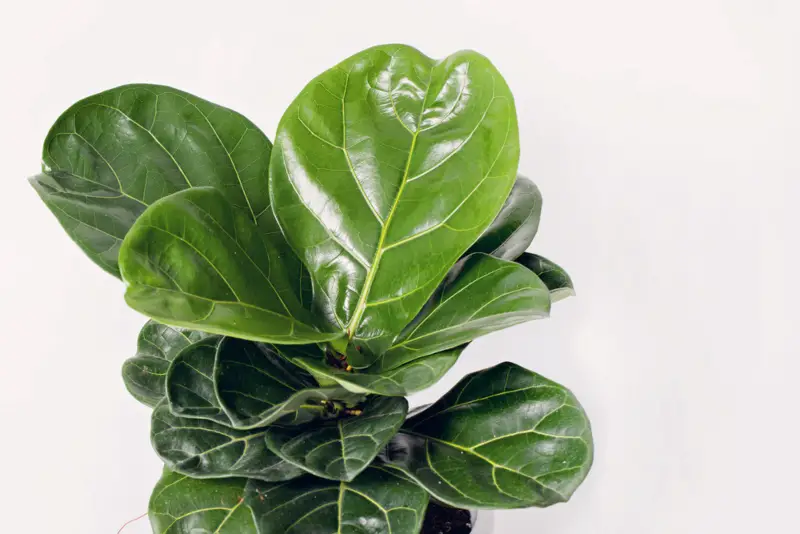
Fiddle leaf figs are fast-growing trees that can quickly become root-bound, leading to stunted growth and stressed plants. These dramatic beauties need room to expand their root systems to support their large leaves and tree-like growth habit.
Growth requirements: Fiddle leaf figs can grow 6 feet or taller indoors, requiring substantial root space to anchor and nourish this impressive growth.
Leaf drop prevention: Root-bound fiddle leaf figs often respond to stress by dropping leaves, particularly lower leaves, as the plant struggles to support its foliage with an inadequate root system.
Container transitions: These plants benefit from gradual pot size increases, typically moving up 2-4 inches in diameter each time they’re repotted.
Timing matters: The best time to repot fiddle leaf figs is spring or early summer when they’re actively growing and can quickly establish in their new containers.
3. Rubber Trees

Rubber trees are another fast-growing ficus species that quickly outgrows containers. These glossy-leaved beauties can become severely root-bound within a year or two, especially when they’re young and growing vigorously.
Rapid root development: Young rubber trees can develop extensive root systems surprisingly quickly, often requiring annual repotting during their first few years.
Size management: Regular repotting helps maintain healthy growth rates and prevents the plant from becoming stunted or developing a disproportionately small root system for its size.
Branch development: Well-rooted rubber trees in adequate containers develop better branch structure and fuller foliage than those restricted by small pots.
Mature plant considerations: Even mature rubber trees benefit from periodic repotting to refresh soil and provide continued support for their substantial size.
4. Pothos
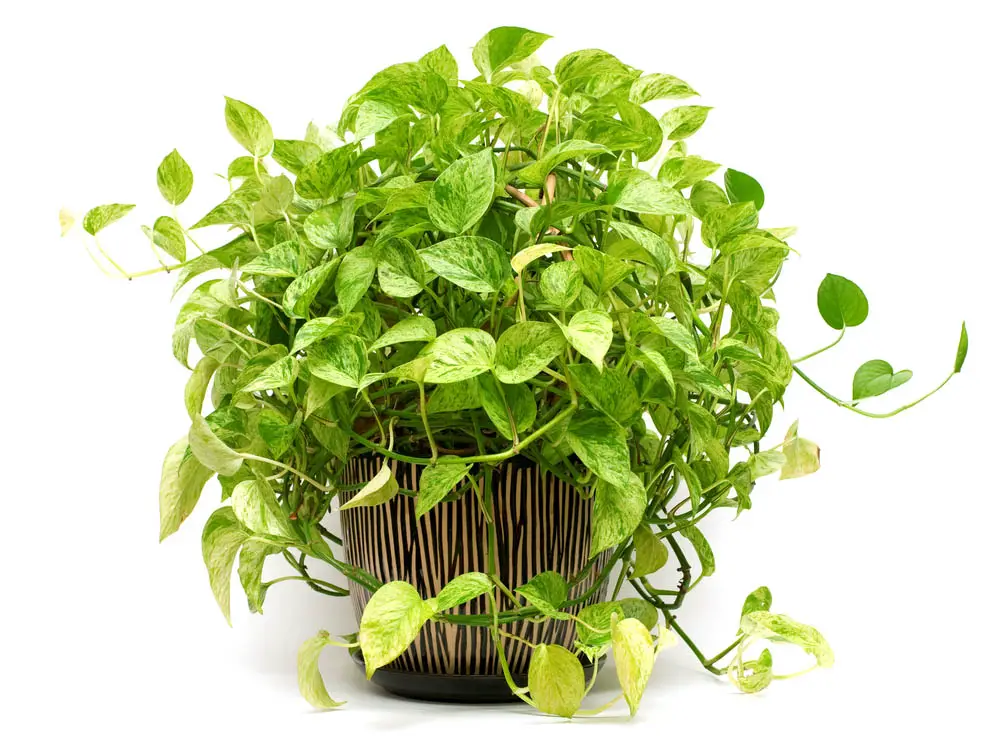
While pothos are often praised for their adaptability, they grow much more vigorously when given adequate root space. These trailing vines can quickly fill a container with roots and benefit from regular repotting to maintain their lush growth.
Vine vigor: Pothos in appropriately sized containers produce longer vines with larger leaves than those restricted in small pots for extended periods.
Root system expansion: The extensive root system of a healthy pothos requires regular container upgrades to prevent the plant from becoming completely root-bound.
Propagation preparation: Well-established pothos plants in good-sized containers produce more vigorous cutting material for propagation projects.
Growth rate response: When pothos become root-bound, their growth rate slows noticeably, and leaf size often decreases as the plant struggles with limited resources.
5. Boston Ferns
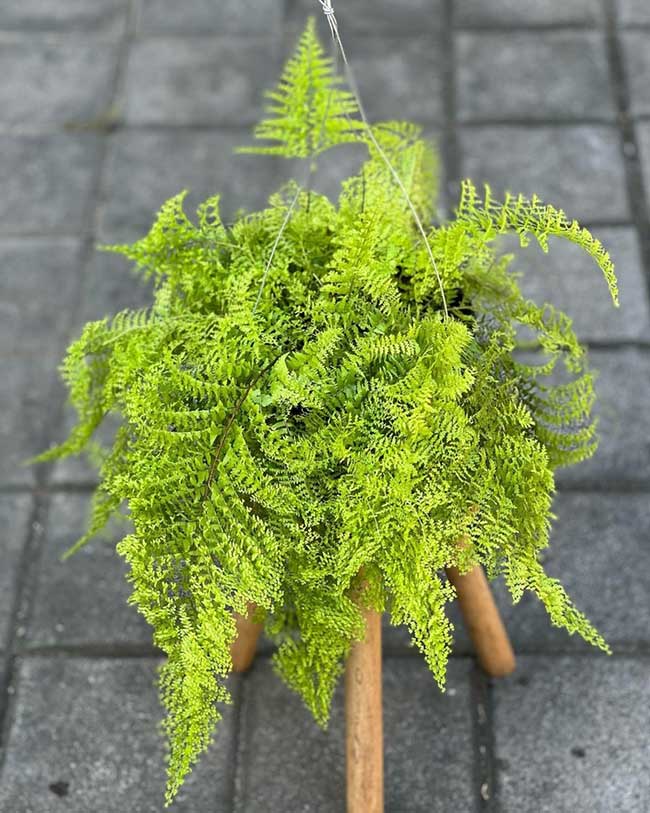
Boston ferns develop extensive, spreading root systems that can quickly outgrow containers. These graceful ferns need room for their roots to expand to support their lush, cascading fronds.
Frond production: Ferns with adequate root space produce more and larger fronds than those cramped in small containers, creating the full, lush appearance these plants are known for.
Rhizome development: Boston ferns spread through underground rhizomes that need space to develop, contributing to the plant’s overall health and vigor.
Moisture requirements: These ferns prefer consistently moist (but not soggy) soil, and larger containers help maintain more stable moisture levels.
Division opportunities: Well-established Boston ferns in adequate containers can be divided to create new plants, providing opportunities to expand your fern collection.
Reading the Signs: When to Repot vs. When to Wait
Learning to interpret your plants’ signals is key to successful container gardening:
Signs a plant needs repotting:
- Roots growing through drainage holes
- Water runs straight through without being absorbed
- The plant becomes top-heavy and unstable
- Growth slows despite good care
- Soil dries out extremely quickly
FAQ: Mastering the Art of Repotting Timing
Q: How can I tell the difference between a plant that likes being root-bound and one that’s suffering from being pot-bound?
Look at overall plant health and growth patterns. Happy root-bound plants maintain good foliage color, continue growing (even if slowly), and may bloom regularly.
Suffering plants show yellowing leaves, stunted growth, or frequent wilting despite adequate water.
Q: What’s the best time of year to repot plants that need more space?
Spring and early summer are ideal for most plants because they’re entering their active growing season and can quickly establish in new containers.
*Avoid repotting during dormant periods or when plants are stressed.
Q: How much bigger should the new pot be when I do repot?
Generally, increase pot diameter by 1-2 inches for small plants and 2-4 inches for larger plants. Going too large too quickly can lead to soil staying wet too long and potential root problems.
Q: Can I refresh the soil without repotting root-bound plants?
Yes! For plants that prefer tight quarters, carefully remove some old soil from the top and sides, then add fresh potting mix without disturbing the root ball significantly or changing pot size.
Q: What happens if I repot a plant that prefers being root-bound?
The plant may temporarily stop blooming, focus energy on root development rather than flowers or foliage, or show signs of stress like yellowing leaves. Most plants will eventually adjust, but you may lose a growing season of optimal performance.


